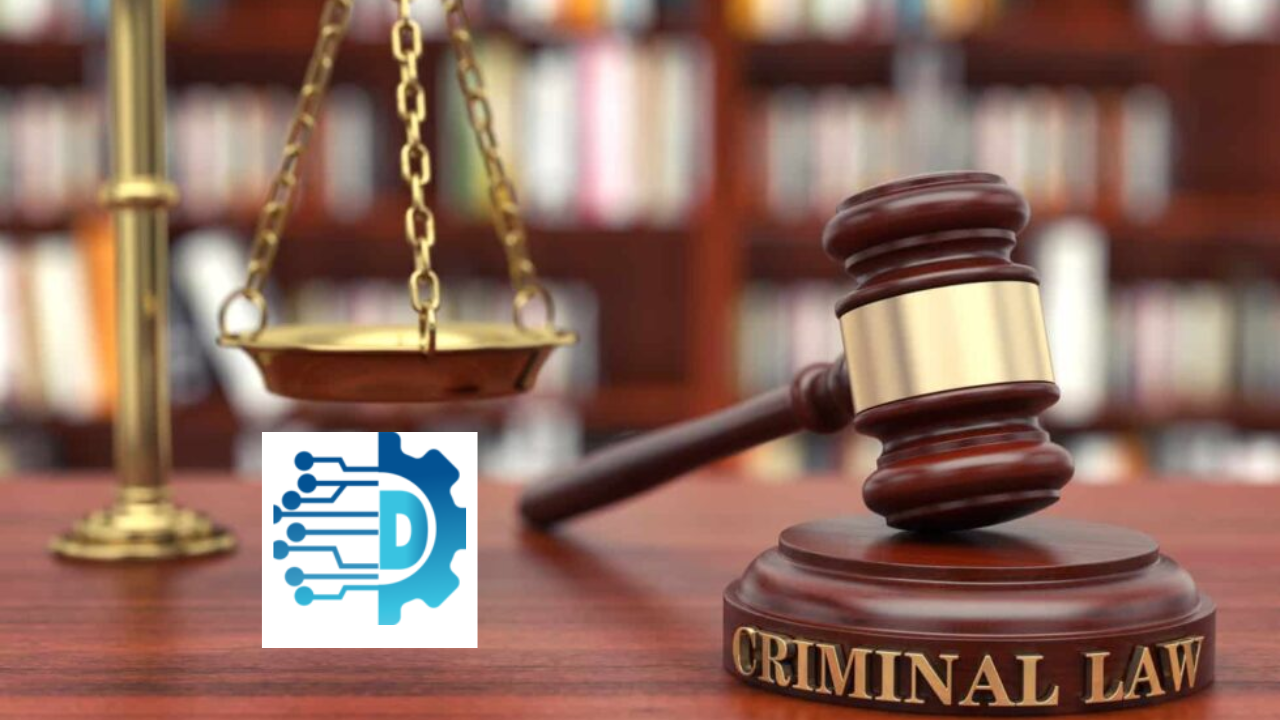Physical therapy, often hailed as a cornerstone in healthcare, plays a pivotal role in restoring and enhancing physical function. This article explores the multifaceted aspects of physical therapy, shedding light on its significance in promoting overall well-being.
Atlas Physical Therapy offers the latest technologies and evidence–based physical therapy intervention. As a small, local, privately owned clinic, we are able to provide you with a higher quality of care. Give us a call today to schedule your initial appointment!
Physical therapy is a discriminate science that evaluates a patient’s musculoskeletal system to determine how one’s muscle weakness, decreased flexibility, bone, joint and soft tissue restrictions contribute to one’s pain and functional limitations.
Pain is often caused by movement dysfunction (too much or too little movement) and/or a strength imbalance. Our treatment techniques incorporate traditional physical therapy modalities with hands-on manual therapy techniques, including joint mobilization, spinal manipulation, trigger point dry needling, and soft tissue mobilization/massage to remedy one’s muscular and mechanical limitations.
In conjunction with such skilled physical therapy interventions, your physical therapist will teach and empower you with appropriate stretches and strengthening exercises to help manage your condition naturally and independently.
Understanding Physical Therapy:
Definition and Scope:
Physical therapy, commonly referred to as PT, is a branch of healthcare that focuses on treating and preventing physical impairments, disabilities, and promoting optimal functioning. It encompasses a wide array of interventions tailored to address the unique needs of individuals with various health conditions.
The Role of Physical Therapists:
At the forefront of physical therapy are skilled professionals known as physical therapists. These experts assess patients’ physical conditions, design personalized treatment plans, and employ a variety of techniques to enhance mobility, alleviate pain, and improve overall quality of life.
Conditions Treated by Physical Therapy:
Orthopedic Conditions:
Physical therapy proves invaluable in addressing orthopedic issues such as joint pain, fractures, and musculoskeletal disorders. Therapists employ targeted exercises and manual techniques to restore joint mobility and strength.
Neurological Disorders:
For individuals grappling with neurological conditions like stroke, spinal cord injuries, or multiple sclerosis, physical therapy becomes a crucial component of rehabilitation. Therapists focus on promoting neuroplasticity and facilitating functional improvements.
Cardiopulmonary Rehabilitation:
Patients recovering from cardiac or pulmonary issues often undergo physical therapy to rebuild cardiovascular endurance and respiratory function. Exercise programs are tailored to gradually enhance cardiovascular health and restore normal breathing patterns.
The Core Components of Physical Therapy:
Assessment and Diagnosis:
Physical therapists conduct thorough assessments to understand the unique challenges faced by each patient. This involves evaluating range of motion, strength, balance, and other relevant factors. A precise diagnosis forms the foundation for an effective treatment plan.
Tailored Treatment Plans:
Based on the assessment, physical therapists design personalized treatment plans. These plans often include a combination of therapeutic exercises, manual therapy, and other modalities aimed at addressing specific impairments and promoting functional recovery.
Education and Prevention:
Beyond treatment, physical therapists play a crucial role in educating patients about their conditions and equipping them with strategies for self-management. This education extends to preventive measures, empowering individuals to proactively maintain their physical health and prevent future issues.
The Importance of Rehabilitation:
Enhancing Mobility and Function:
Physical therapy is instrumental in restoring mobility and function to individuals affected by injury, surgery, or chronic conditions. Through targeted interventions, therapists guide patients on a path to regain independence in their daily activities.
Pain Management:
Chronic pain can significantly impact one’s quality of life. Physical therapists employ various techniques, including therapeutic exercises and manual therapy, to alleviate pain and improve patients’ comfort levels.
Innovation in Physical Therapy:
Technology Integration:
Advancements in technology have ushered in a new era for physical therapy. Virtual reality, telehealth, and wearable devices are increasingly being integrated into treatment plans, expanding access and improving the overall effectiveness of therapy.
Evidence-Based Practices:
Physical therapy continues to evolve based on rigorous scientific research. Evidence-based practices ensure that interventions are not only safe but also proven to yield positive outcomes, enhancing the credibility and efficacy of physical therapy.
Conclusion:
In essence, physical therapy serves as a cornerstone in healthcare, addressing a diverse range of conditions and fostering recovery and rehabilitation. As an ever-evolving field, it remains at the forefront of promoting health and well-being, proving instrumental in enhancing the lives of countless individuals.









Leave a Reply